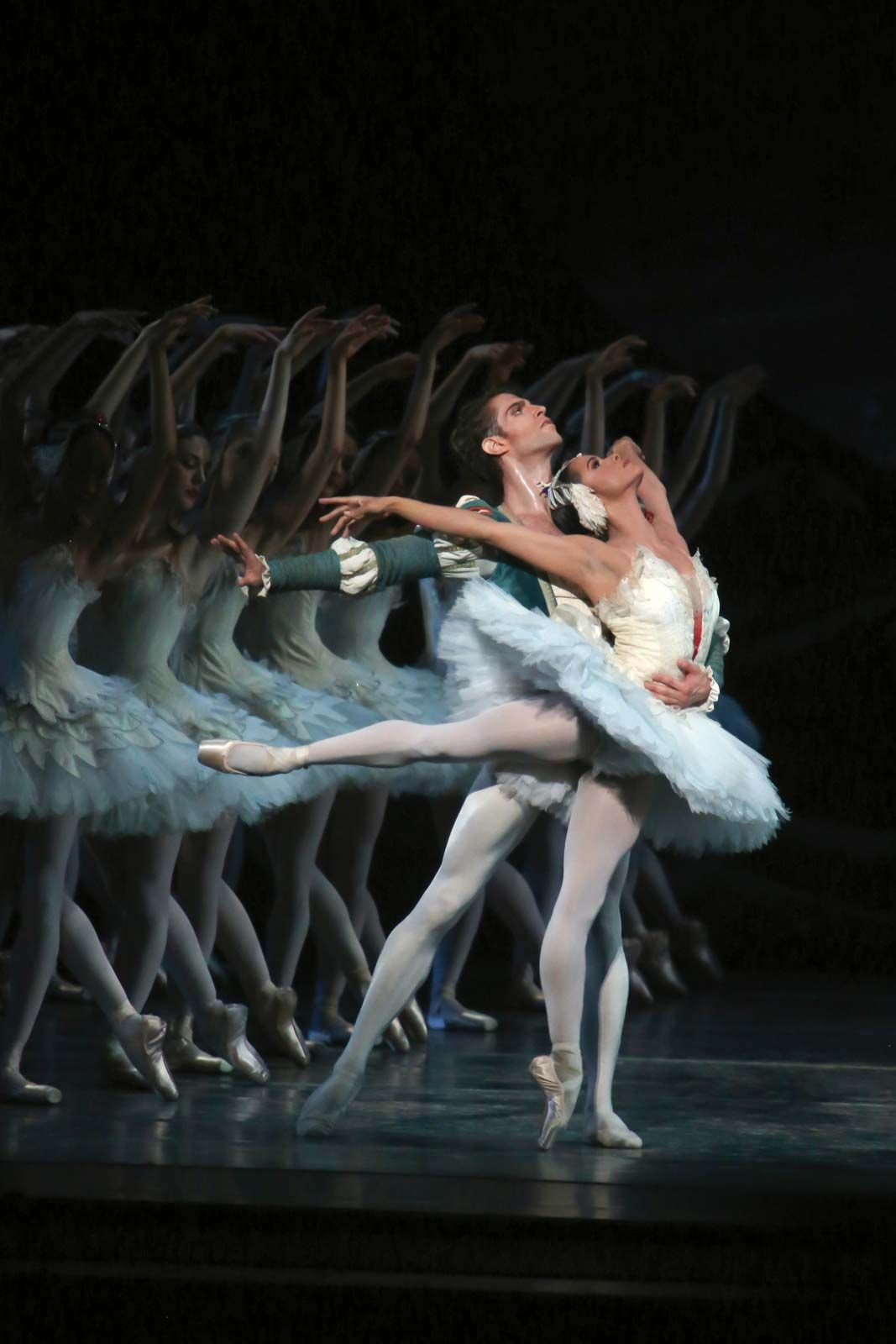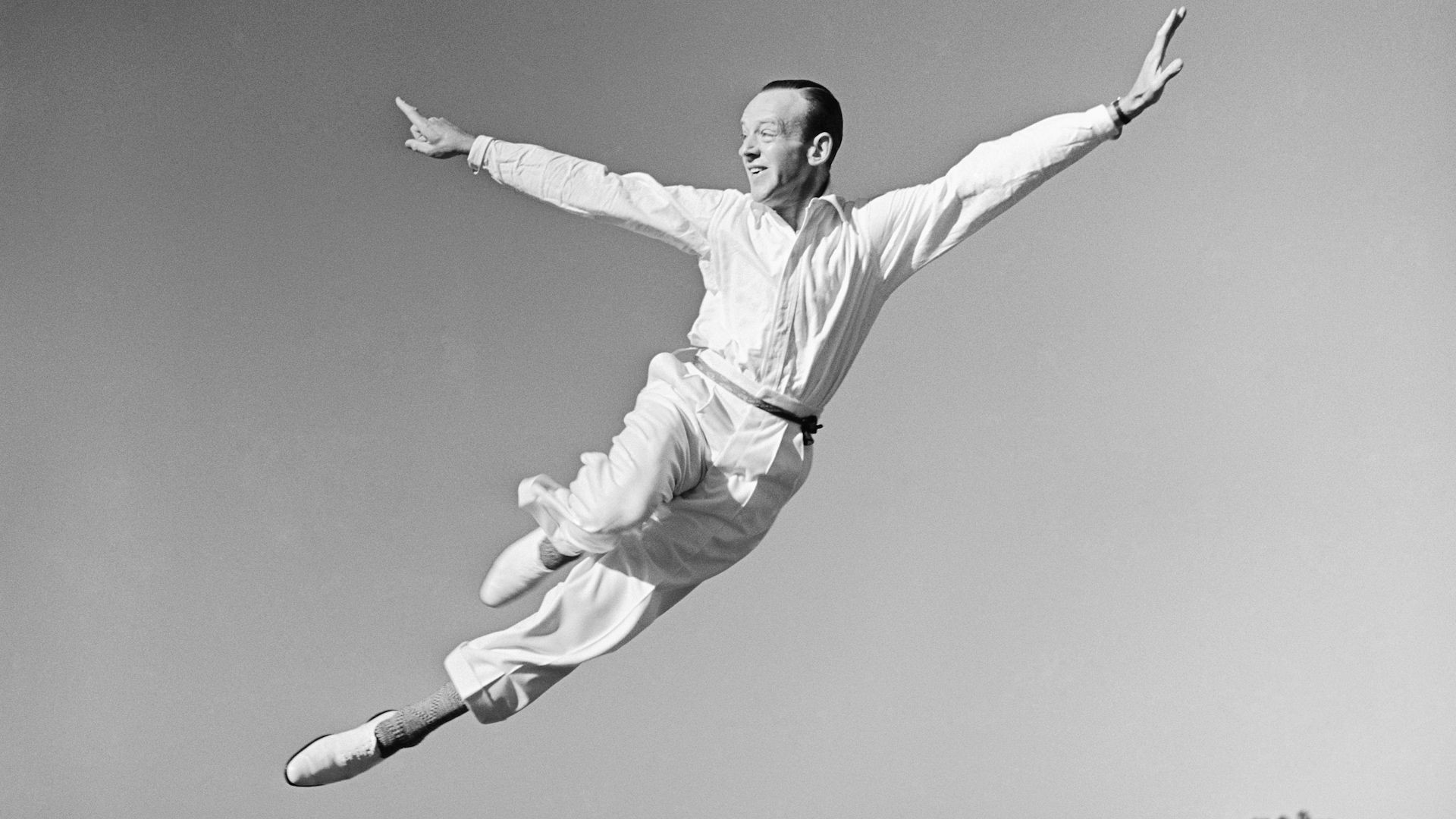Dance is fundamentally the movement of the body in a rhythmic way, typically to music, within a defined space. It serves various purposes, from expressing ideas and emotions to releasing energy and simply enjoying the act of moving itself. It’s an art form that is both deeply primal and highly refined.
While dance is a natural human impulse, the art of dance elevates this impulse. Skilled performers channel it into intensely expressive forms that can captivate audiences, even those who don’t feel the urge to dance themselves. The essence of dance lies in this duality: it’s both a powerful, innate drive and a skillfully crafted art form practiced by dedicated individuals. This connection is particularly strong in dance compared to other arts; neither aspect can truly exist without the other.
Throughout history, philosophers and critics have attempted to define dance, often reflecting the specific forms of dance they were most familiar with. Aristotle, in his Poetics, suggested that dance is rhythmic movement intended “to represent men’s characters as well as what they do and suffer.” This definition highlights dance’s crucial role in classical Greek theatre, where the chorus used movement to embody the drama’s themes during lyrical interludes.
 Misty Copeland and James Whiteside
Misty Copeland and James Whiteside
Misty Copeland and James Whiteside perform Swan Lake, showcasing ballet as a highly expressive and technical dance form.
In contrast, John Weaver, an 18th-century English ballet master, described dance in 1721 as “an elegant, and regular movement, harmoniously composed of beautiful Attitudes, and contrasted graceful Posture of the Body, and parts thereof.” Weaver’s definition reflects the stately and refined ballet of his era, characterized by formalized aesthetics and restrained emotion. Similarly, 19th-century French dance historian Gaston Vuillier emphasized grace, harmony, and beauty, differentiating “true” dance from what he perceived as the crude, spontaneous movements of early humans. Vuillier posited that early man’s movements were merely “leaps and bounds, the incoherent gestures” expressing “the joys and furies of his brutal life,” lacking the refined qualities of choreographed dance.
However, John Martin, a 20th-century dance critic, offered a different perspective, minimizing the formal aspects of dance and stressing its role as a physical outlet for inner feelings. His view was influenced by the Expressionist movement in modern American dance. Martin stated, “At the root of all these varied manifestations of dancing . . . lies the common impulse to resort to movement to externalise states which we cannot externalise by rational means. This is basic dance.” He believed that dance is fundamentally about expressing what words cannot.
Ultimately, a comprehensive definition of dance must return to its core: dance is an art form or activity using the body and its full range of motion. Unlike everyday movements for work, travel, or survival, dance movements transcend mere functionality. While dance can incorporate elements of these practical movements, as seen in work dances across many cultures, it transforms them. Even in dances with practical origins, the movements become more than just labor; they embody self-expression, aesthetic pleasure, and entertainment value. Dance, in its essence, is about adding layers of meaning and artistry to human movement.
 How Fred Astaire became a dancer
How Fred Astaire became a dancer
Fred Astaire’s journey to becoming a dance icon, illustrating that dance mastery involves overcoming initial perceptions and honing natural talent.
This exploration into defining dance highlights its multifaceted nature as an art form. It encompasses technique, emotional expression, cultural history, and aesthetic principles. Further study into choreography and various dance styles will deepen the appreciation of dance as a rich and diverse art form.
